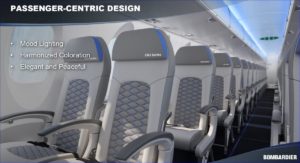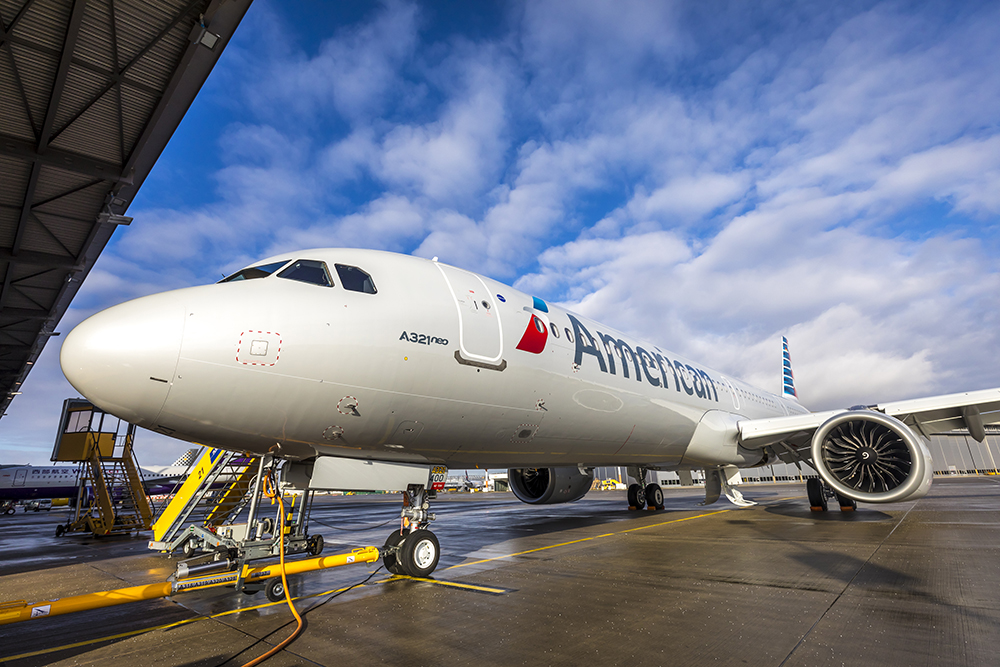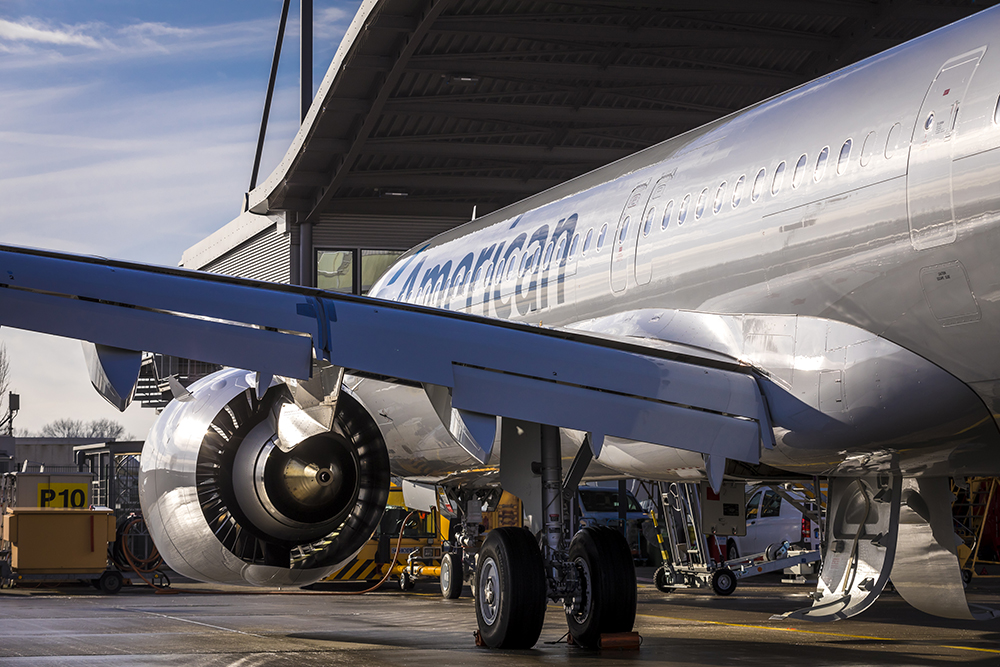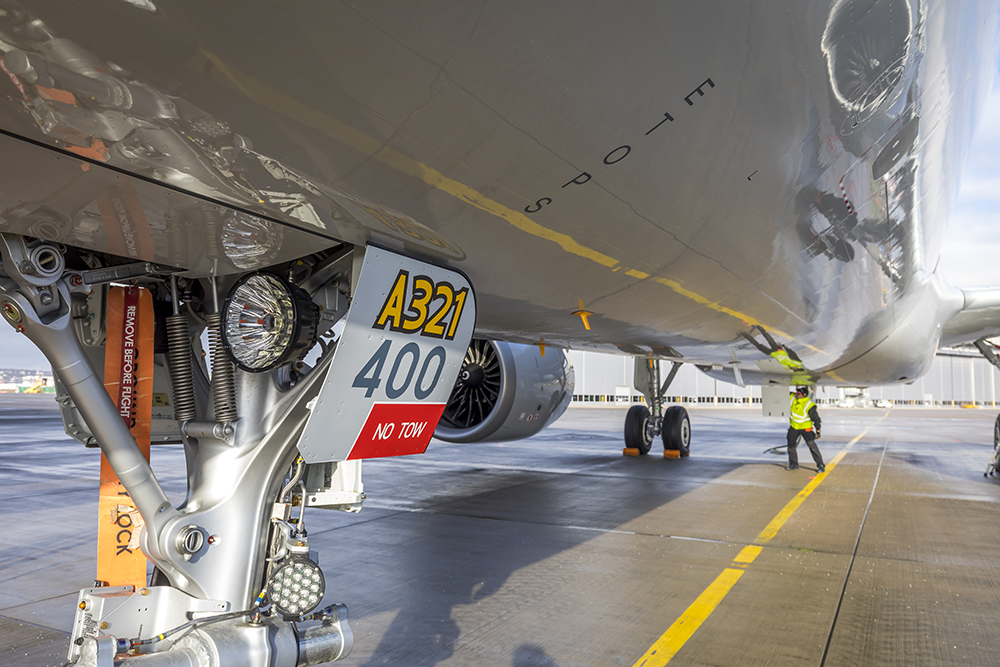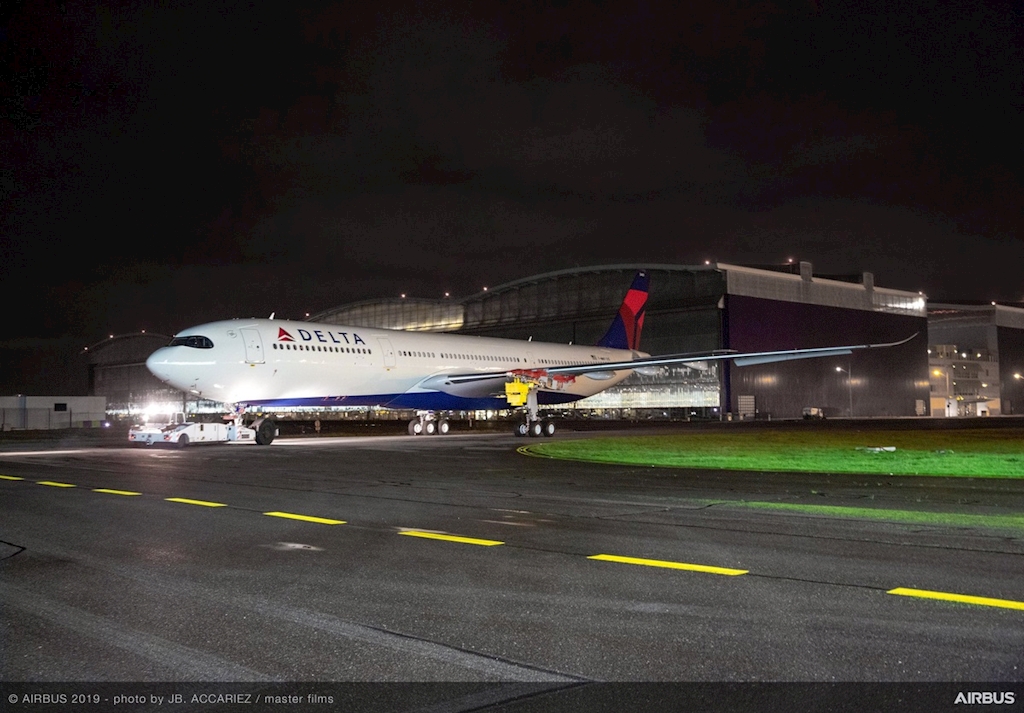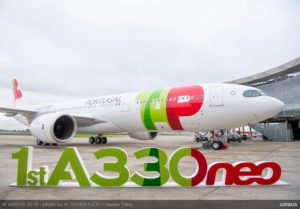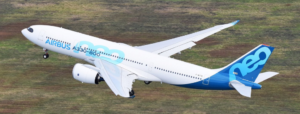MONTREAL (Reuters) – As Bombardier (BBDb.TO) surrenders hopes of securing a top spot in commercial aviation with the sale of its money-losing CSeries jet program to Airbus (AIR.PA), the Canadian company is now drawing up plans to breathe new life into its older regional planes.
Bombardier is shoring up its loss-making regional jets and turboprops with a mixture of hard-sell, cost-cutting and outsourcing. It is also growing its line of business jets after a cash squeeze and production delays forced it to cede a majority stake in its high-tech CSeries which aims to break into the market for mainline jets dominated by Airbus and Boeing.
The company will now “sharpen the focus” on its remaining commercial planes, with Bombardier Commercial Aircraft President Fred Cromer recently expanding the leadership team for the division which has combined orders in hand for just for over 100 planes, according to an internal memo seen by Reuters.
Bombardier also plans to showcase its CRJ regional jets, which recently had a cabin upgrade with more overhead bin space to appeal to business travelers, at the industry’s flagship Farnborough Air Show in July, an event it previously used to market the CSeries, two sources familiar with the company’s thinking said.
The company’s regional jet initiative won a boost from Delta Air Lines (DAL.N), which on Wednesday announced orders for 20 CRJ 900s with the new interiors, valued at around $961 million by list prices, as it and other U.S. carriers replace aging 50 and 70-seat planes with new regional jets.
According to the memo and sources familiar with the situation, the company is now moving forward with a plan to lower its regional Q400 turboprop’s costs by outsourcing its wings and cockpit from Toronto to lower cost countries, although specific locations were not named.
In 2016, Bombardier expected to move the cockpit to China and the wings to Mexico with the union’s agreement, but Bombardier failed to carry it out because the program’s volumes were previously too low, both sources said.
Bombardier said in the memo it also aims to reap more profits by promoting aftermarket services for its over 2,000 regional planes already in the air, which is part of a broader strategy the company is using for its business jets.
In a sign that Bombardier will push harder on servicing existing planes, the company plans to hire a separate executive to head customer service for its regional planes, a position currently filled by the same person who heads the Q400 program, the second source said.
All of the sources spoke on condition of anonymity to discuss Bombardier’s private strategies.
HEADWINDS
For Bombardier, the challenge is to erase losses and generating $1.5 billion in revenues by 2020. But the turnaround strategy faces headwinds.
Bombardier’s efforts to revive regional plane sales, which it sees as a $240 billion market between 2017 and 2036, come as some forecasters are expecting limited near-term sector growth.
“Demand for regional aircraft will remain weak relative to large commercial aircraft,” said Moody’s in a recent note. It predicted that regional aircraft deliveries, including the CSeries, would grow by over 4 percent in 12-to-18 months, compared with an 8-to-10 percent rise in larger aircraft. The 110-130-seat CSeries overlap regional and mainline passenger jet markets.
Bombardier is also tasked with winning orders for its regional Q400 turboprop, which sources say the company considered selling. The plane holds barely a quarter of a market that is dominated by ATR, a prop-making joint venture between Airbus and Italian group Leonardo.
Such a disparity in sales can turn into a nightmare for the losing planemaker as its adversary benefits from higher volumes to bring down unit costs, which in turn help it sell more.
Bombardier’s Cromer has appointed an executive to pursue its plan to outsource the Q400’s cockpit and wings from Toronto, which would make the prop more competitive with lower-cost ATR, the memo said.
“We’ve got a backlog now so that allows us to evaluate all the outsourcing possibilities,” the source said.
The Q400 will continue to be produced at a plant in Canada’s largest city Toronto, which was recently sold by Bombardier but remains under lease for 3 to 5 years, until a new site can be located.
Bombardier said in a statement that is “constantly looking at strategic options for all our businesses.”
The company will also step up marketing campaigns in India and Africa, aiming to persuade airlines to pick the longer-range Q400s to connect cities with secondary destinations which either do not have service or are served by jets that have higher operating costs.
India has emerged as a fast-growing market for turboprops, benefiting both ATR and Bombardier, which won its largest single order to date for the planes last year from Indian low cost carrier SpiceJet.
Promoting the Q400 for underserved markets in Africa also helped win a recent order from Ethiopian Airlines..
But the African market also has risks, with Angola’s president recently telling Euronews that a domestic airline startup was a “fictitious company,” casting doubt on its order of 6 Q400s.
(Story by Allison Lampert, Editing by Tim Hepher and Edward Tobin)
www.bombardier.com
